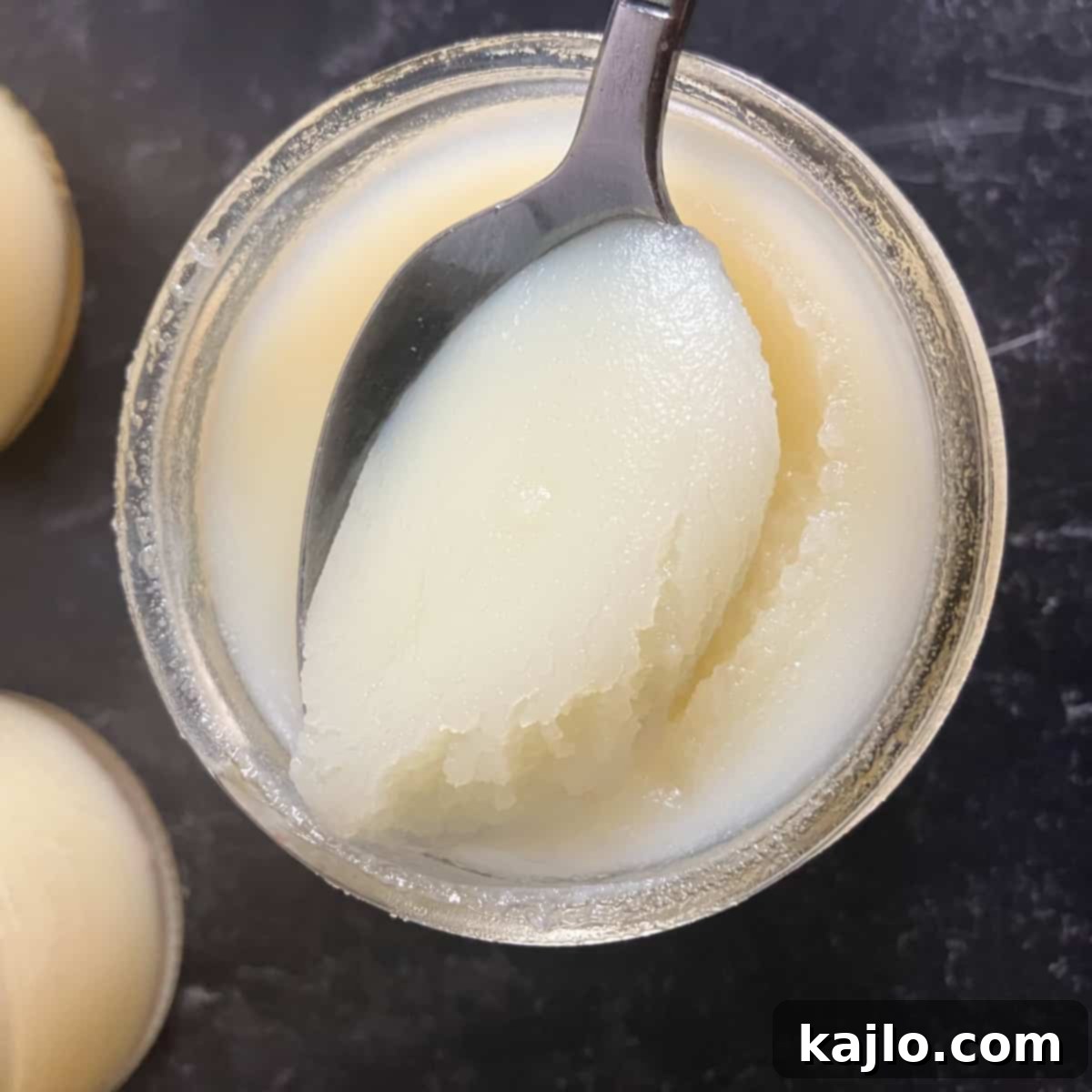Mastering Homemade Tallow: How to Render Beef Fat in a Slow Cooker for Culinary & Beyond
Unlock the secrets to creating exquisite homemade beef tallow, a versatile and flavorful fat that elevates your cooking and offers numerous benefits beyond the kitchen. This comprehensive guide will teach you how to render beef fat in a slow cooker, ensuring a smooth, pure product with minimal effort. Whether you call it clarified beef fat or simply tallow, mastering this traditional skill is a fantastic way to utilize every part of the animal, reduce waste, and enrich your diet with a natural, nutrient-dense cooking medium. Get ready to transform raw beef fat into golden, aromatic tallow, and discover endless beef fat uses!
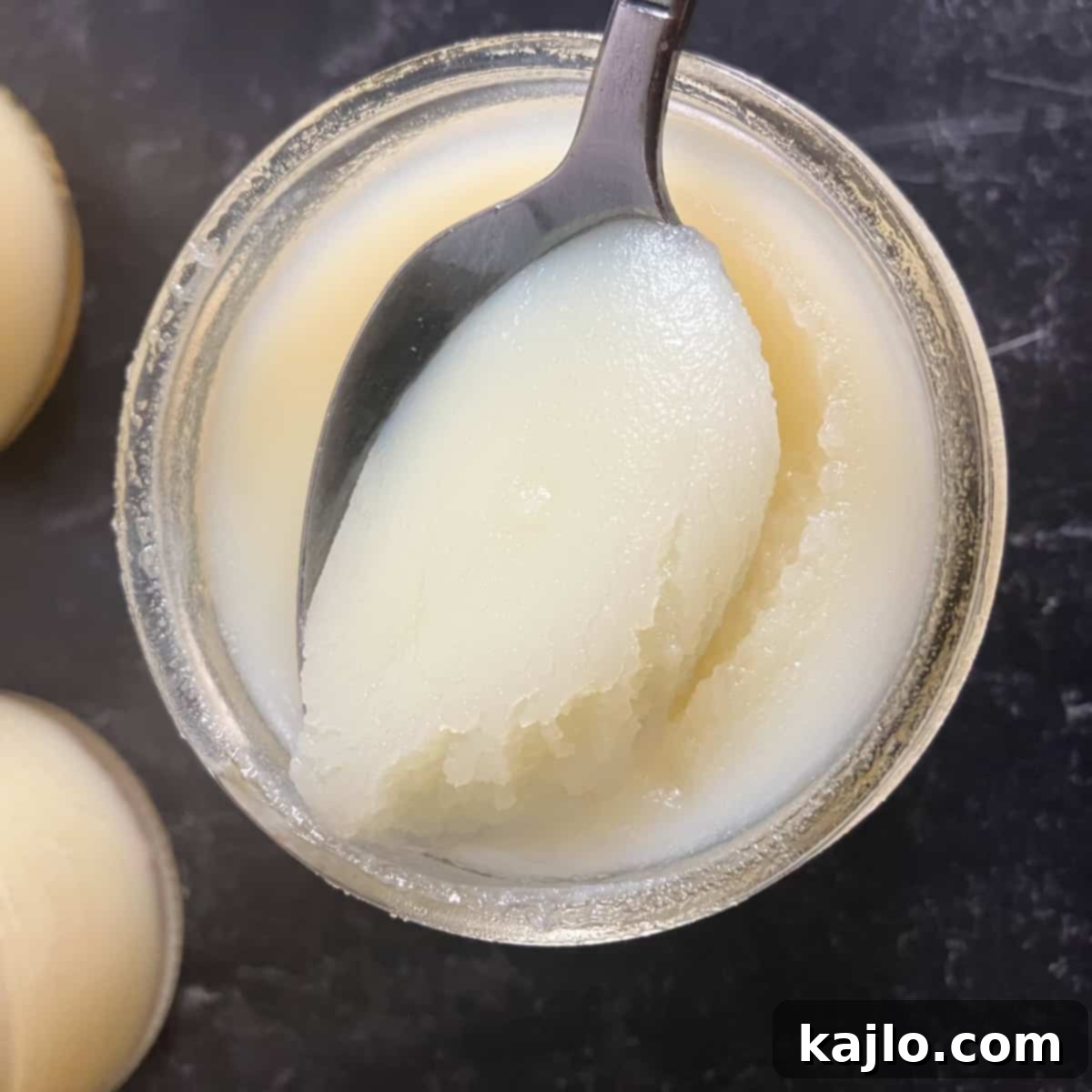
Rendered beef fat isn’t just a culinary trend; it’s a centuries-old practice that makes economic sense and provides a superior cooking fat. By rendering beef fat yourself, you gain control over the quality and purity of your cooking oils. This is especially true if you source high-quality beef, such as grass-fed varieties from local farmers, where the fat itself is a valuable commodity. After recently purchasing a large cut like a Costco brisket, I realized many people might be discarding this precious fat, unaware of its incredible potential. You’ll be amazed at how simple it is to transform what might be considered waste into this golden, natural fat – a true kitchen staple!
🥩 What is Tallow? Understanding the Rendering Process
Before diving into the “how-to,” let’s clarify what tallow is and why rendering is essential. Tallow is simply clarified beef fat, a pure, stable cooking fat that results from heating raw beef fat until the liquid fat separates from the solid impurities. The rendering process involves slowly melting and cooking down these pieces of beef fat. This gentle process ensures that the fat melts evenly, leaving behind crisp, flavorful solids (often called cracklings or ‘gribenes’ if from poultry, though beef cracklings are less common) and a beautiful, clear liquid fat.
The benefits of using homemade tallow are numerous. For starters, it’s a cost-effective way to make the most of your meat purchases. Instead of discarding beef fat, you convert it into a valuable cooking oil. Tallow boasts a high smoke point, typically around 400°F (200°C), making it ideal for high-heat cooking methods like frying, searing, and roasting without breaking down or producing harmful compounds. Beyond its practical uses, tallow imparts a rich, savory flavor to dishes that many find superior to vegetable oils or even butter, especially when cooking meats and vegetables.
Dry Rendering vs. Wet Rendering: Choosing Your Method for Beef Tallow
When it comes to rendering beef fat for cooking, there are two primary methods: dry rendering and wet rendering. Both methods yield excellent results, but they cater to slightly different preferences and end-uses. Understanding the differences will help you decide which approach is best for your homemade tallow.
Dry Rendering: The Fast & Flavorful Approach
My preferred method for making beef tallow for culinary purposes is dry rendering, and it’s the technique we’ll focus on for our slow cooker recipe. With dry rendering, you don’t add any water to the fat as you cook it down. This method offers several distinct advantages:
- Speed: It’s generally faster than wet rendering, as there’s no water to evaporate.
- Intense Flavor: Dry rendering results in a tallow with a richer, more pronounced beefy flavor. This makes it an exceptional choice for frying savory foods like potatoes, roasting vegetables, or searing steaks, where you want that delicious umami essence to shine through.
- Purity: Without added water, the risk of residual moisture affecting the tallow’s shelf life is minimized, making it more stable for long-term storage, particularly for cooking applications.
The dry rendering process in a slow cooker allows the fat to slowly melt and cook in its own rendered liquid, preventing scorching and ensuring a clear, golden final product perfect for enhancing the taste of your favorite dishes.
Wet Rendering: For a Milder, Purer Tallow
Wet rendering involves adding water to the fat before cooking it down. While it takes longer, as the water must eventually evaporate, this method also has its benefits:
- Milder Flavor: The water helps to wash away some of the stronger beef flavors and impurities, resulting in a more neutral-tasting tallow. This can be desirable if you plan to use the tallow in baking, where a strong beef flavor isn’t wanted, or for non-culinary applications.
- Whiter Color: Wet rendered tallow often has a purer, whiter color, which can be aesthetically pleasing for certain uses, such as making candles or skincare products like soap and lotions.
- Reduced Risk of Scorching: The presence of water can help regulate the temperature, reducing the chances of the fat scorching, especially if you’re new to rendering.
To wet render, you’d typically add about ¼ cup of water for every 4 pounds of fat to the slow cooker along with the fat. The process then continues as with dry rendering, but with an extended cooking time until all the water has evaporated. Once the water has gone, and the cracklings are crisp, the fat can be strained. If you choose this method, be sure all water has evaporated to prevent spoilage during storage. For most cooking, however, the dry rendering method is preferred for its robust flavor.
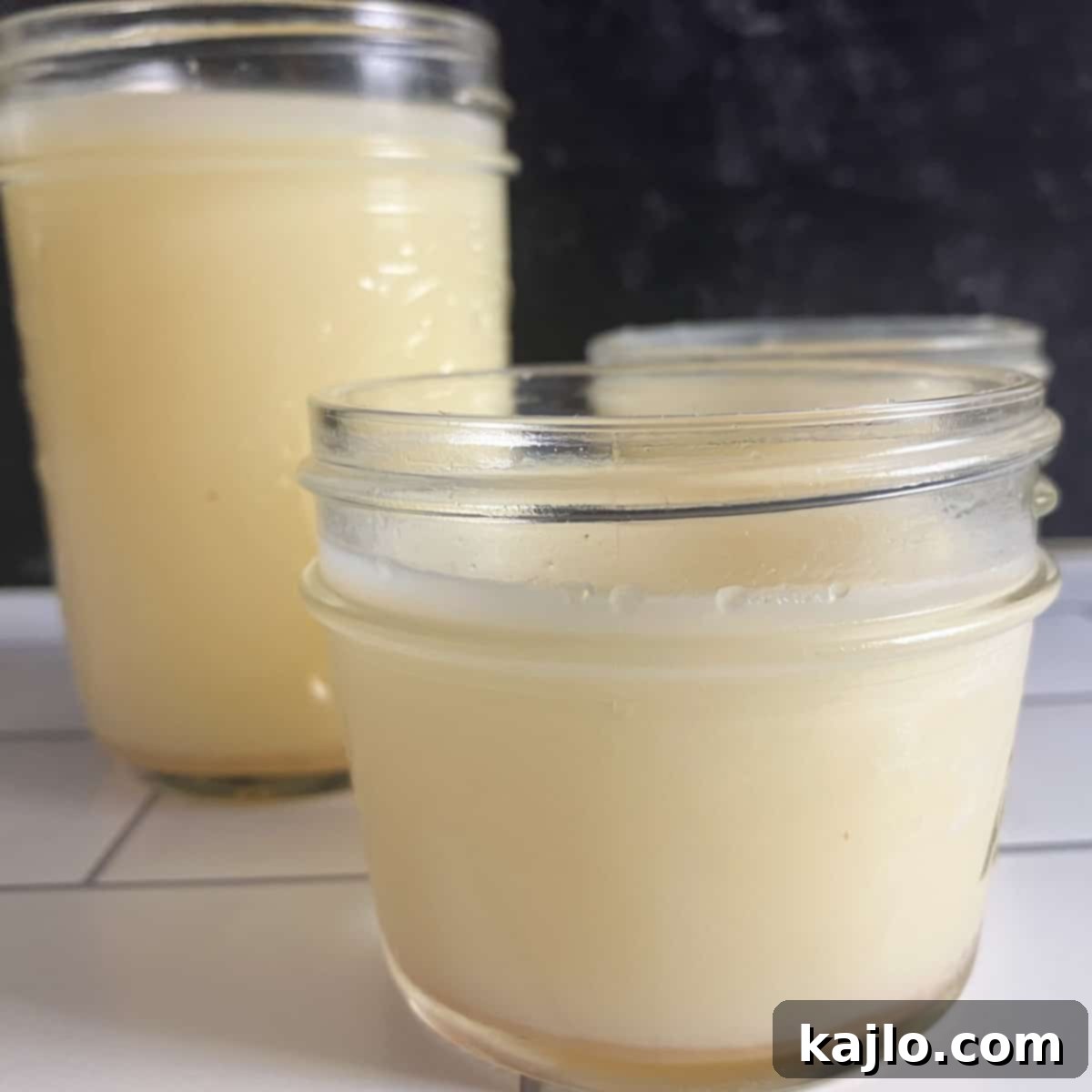
Sourcing Quality Beef Fat for Your Tallow
The quality of your finished tallow largely depends on the quality of the raw beef fat you start with. Here’s how to find the best fat for rendering:
- Local Butchers: Your local butcher is an excellent resource. They often have beef fat trimmings available, sometimes for free or at a very low cost, especially if you ask in advance. Specify that you’re looking for suet (the fat from around the kidneys) for the firmest, whitest tallow, or general trimmings for a more varied flavor.
- Farmers Markets/Local Farms: If you buy grass-fed beef directly from a farm, they are often happy to provide you with fat trimmings. Grass-fed fat is generally considered to yield a more nutritious and flavorful tallow due to the animal’s diet.
- Large Cuts of Beef: When buying large roasts, briskets, or other cuts with substantial fat caps (like the Costco brisket mentioned earlier), simply trim off the excess fat. This is a common and easy way to accumulate fat for rendering without a separate purchase.
Aim for fat that is clean and white, with as little meat or connective tissue attached as possible. While small bits are fine, larger pieces of meat can scorch during rendering, potentially imparting an undesirable flavor to your tallow.
Mastering Crock Pot Tallow: A Step-by-Step Guide
Making beef tallow in a crock pot is incredibly easy and largely hands-off. Follow these detailed steps to create your own beautiful, pure beef tallow:
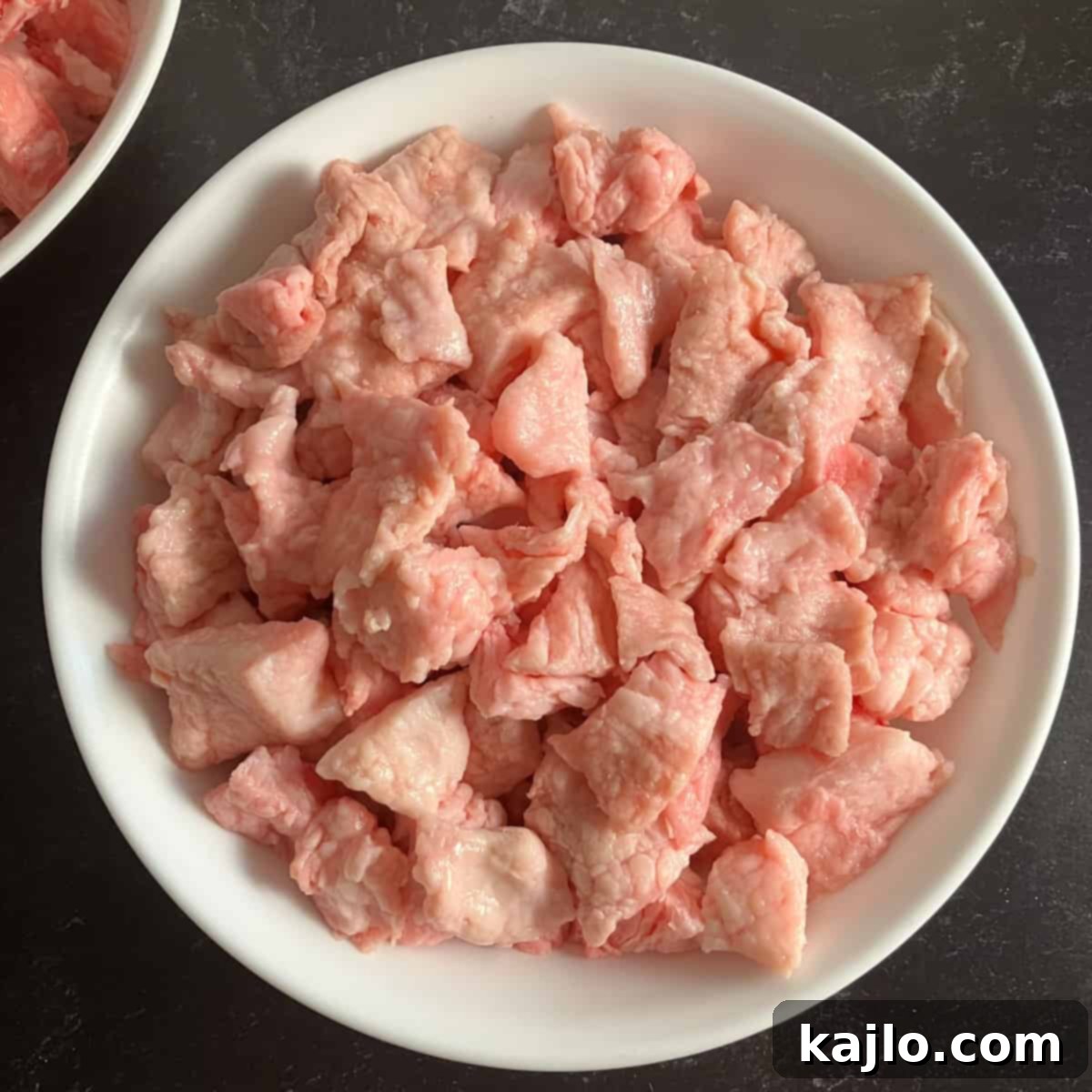
Prepare the Beef Fat
Start with approximately 4 lbs (1.8 kg) of beef fat. Using a sharp knife, carefully cut the fat into small, uniform 1-inch (2.54 cm) cubes or even smaller pieces. The smaller and more consistent the pieces, the more efficiently and evenly the fat will render. Crucially, try to remove as much meat and connective tissue as possible. These bits can burn and create off-flavors or darker tallow. For the best results, process the fat further:
- Using a Meat Grinder: If you have one, coarsely grind the fat cubes. This significantly increases the surface area, leading to faster and more complete rendering. It’s easiest to grind fat when it’s very cold, almost frozen, as it prevents smearing. Your local butcher might even do this for you if you ask!
- Using a Food Processor: If a grinder isn’t available, pulse the fat cubes in a food processor until they are finely minced. Be careful not to over-process and create a paste; you want small, distinct pieces.

Begin Slow Rendering
Transfer the prepared, ground beef fat into your slow cooker. Set the slow cooker to its “low” setting. Cover the crockpot with its lid. The gentle, consistent heat of a slow cooker is ideal for rendering fat, as it prevents burning and allows the fat to slowly melt and release its liquid gold.
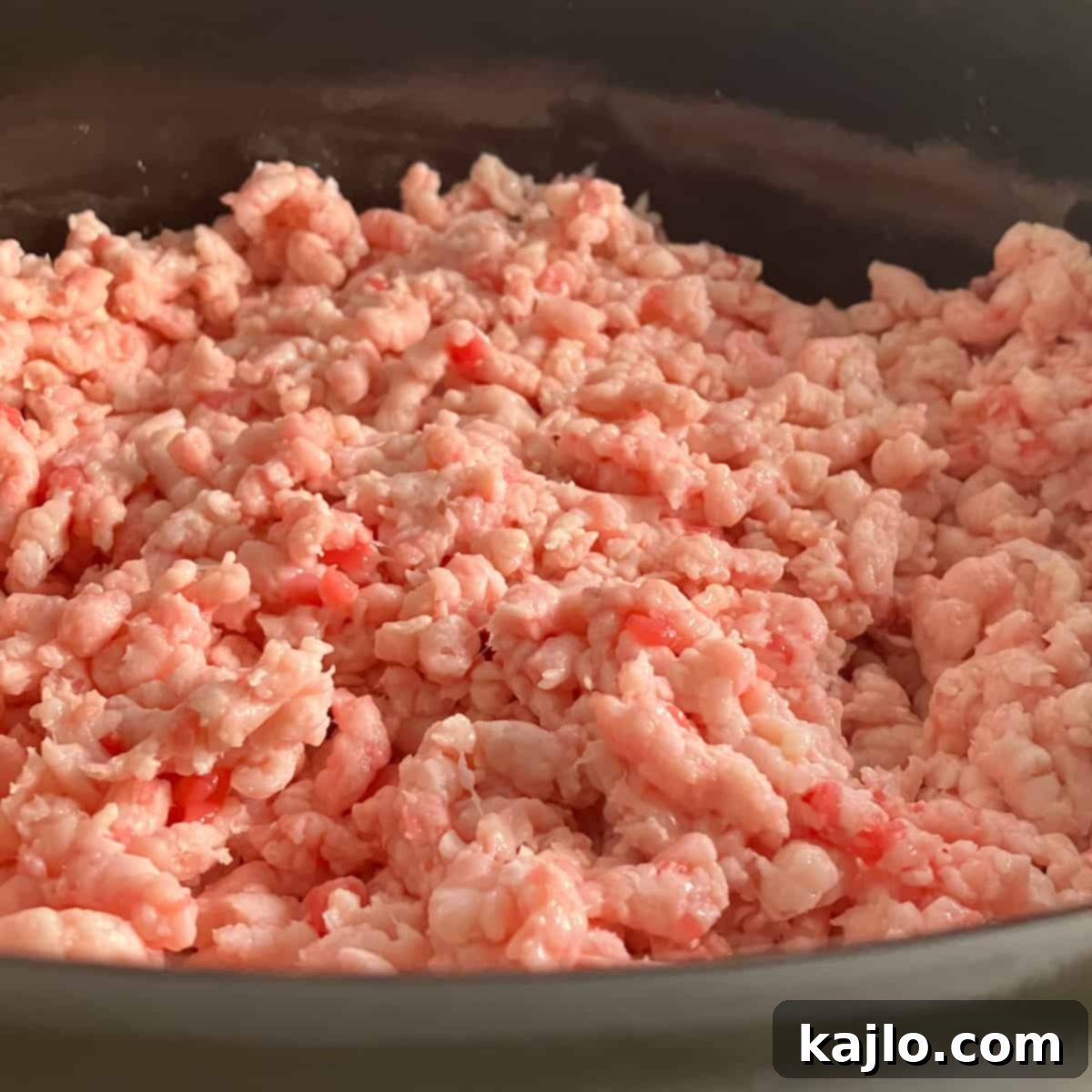
Collect the Liquid Tallow
Every hour, check on your slow cooker. You’ll notice a layer of clear, liquid fat pooling at the bottom. Carefully siphon off as much of this rendered oil as you can into clean, food-safe jars. A turkey baster is an excellent tool for this, allowing you to easily remove the liquid without disturbing the solids. Leave the remaining solids (the cracklings) in the slow cooker; they will continue to render more fat.
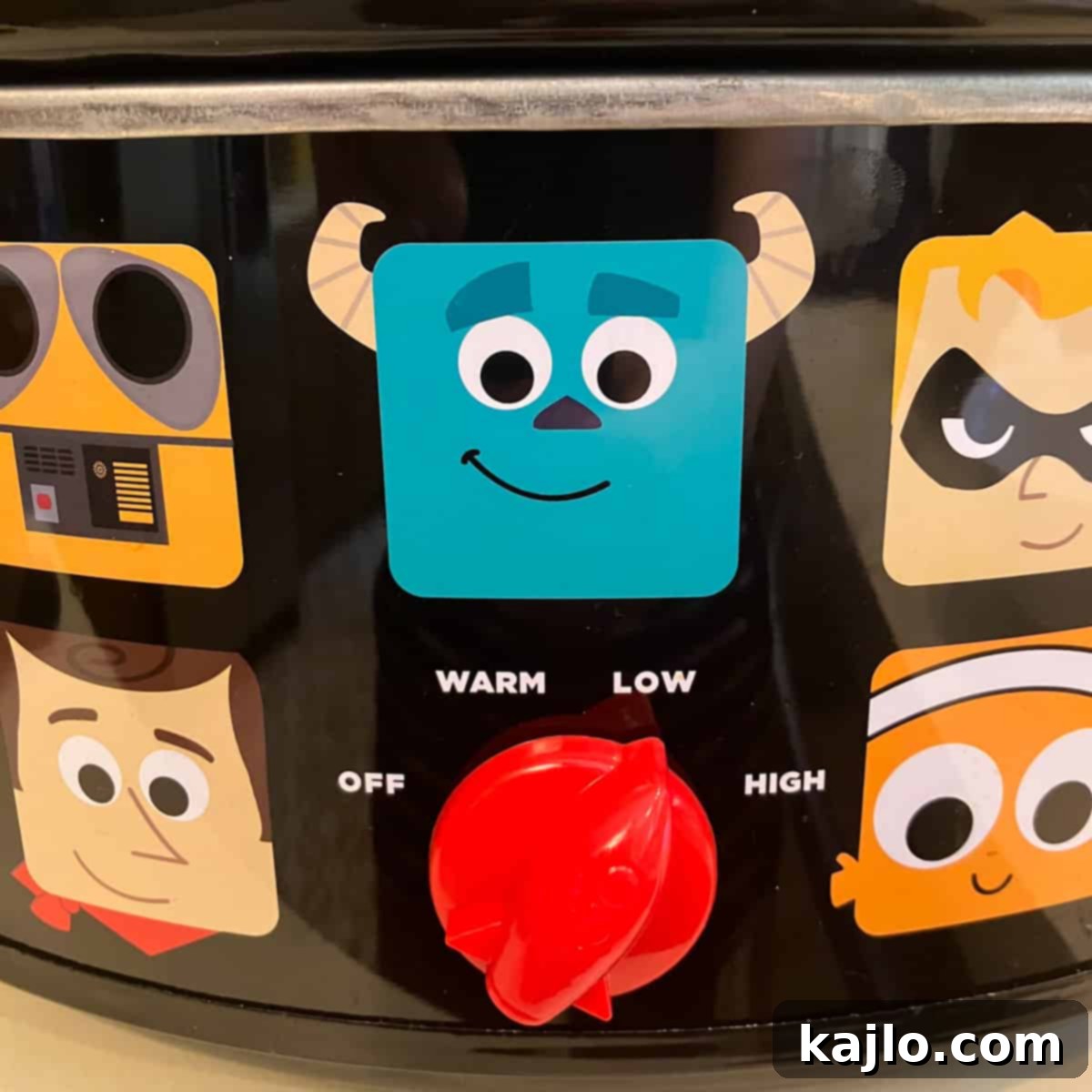
Continue Rendering Until Done
Continue this process of collecting the liquid tallow every hour (or every half-hour if the fat is rendering quickly) for a total of approximately 3 hours. The liquid fat you collect will typically be a pale yellow and almost odorless. As it cools and solidifies, its color will transform into a creamy, ivory hue. The rendering process is complete when the solids (cracklings) in the slow cooker are crispy and golden brown, and no more liquid fat is being released.
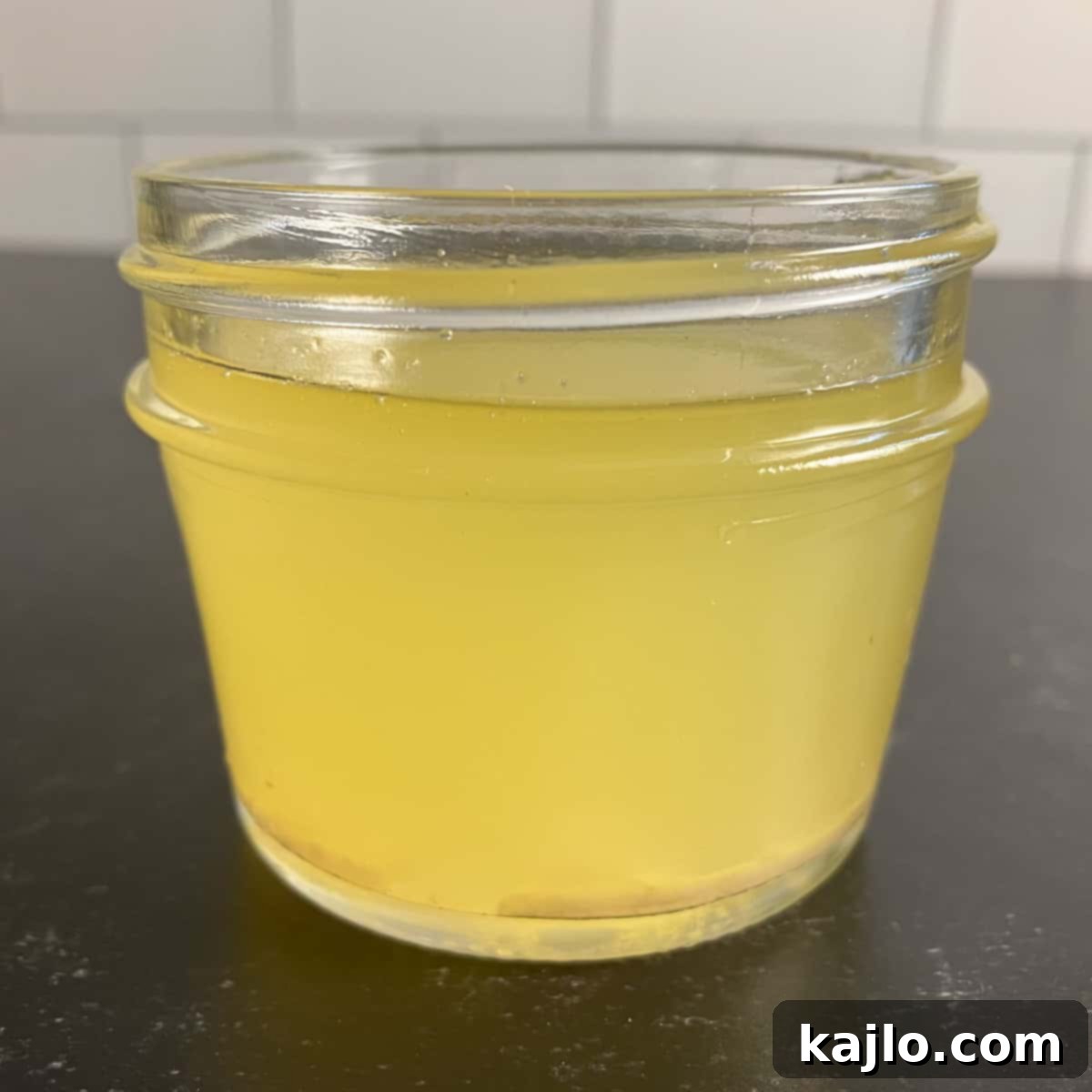
Cool and Store Your Tallow
Once you’ve collected all the tallow, allow it to cool completely to room temperature. This will solidify the fat into its characteristic creamy texture. Once cooled, secure lids tightly on your jars. Store your homemade tallow in the refrigerator for regular use or in the freezer for long-term preservation. Always ensure you leave adequate headspace in glass jars if freezing, as the tallow will expand slightly when frozen.
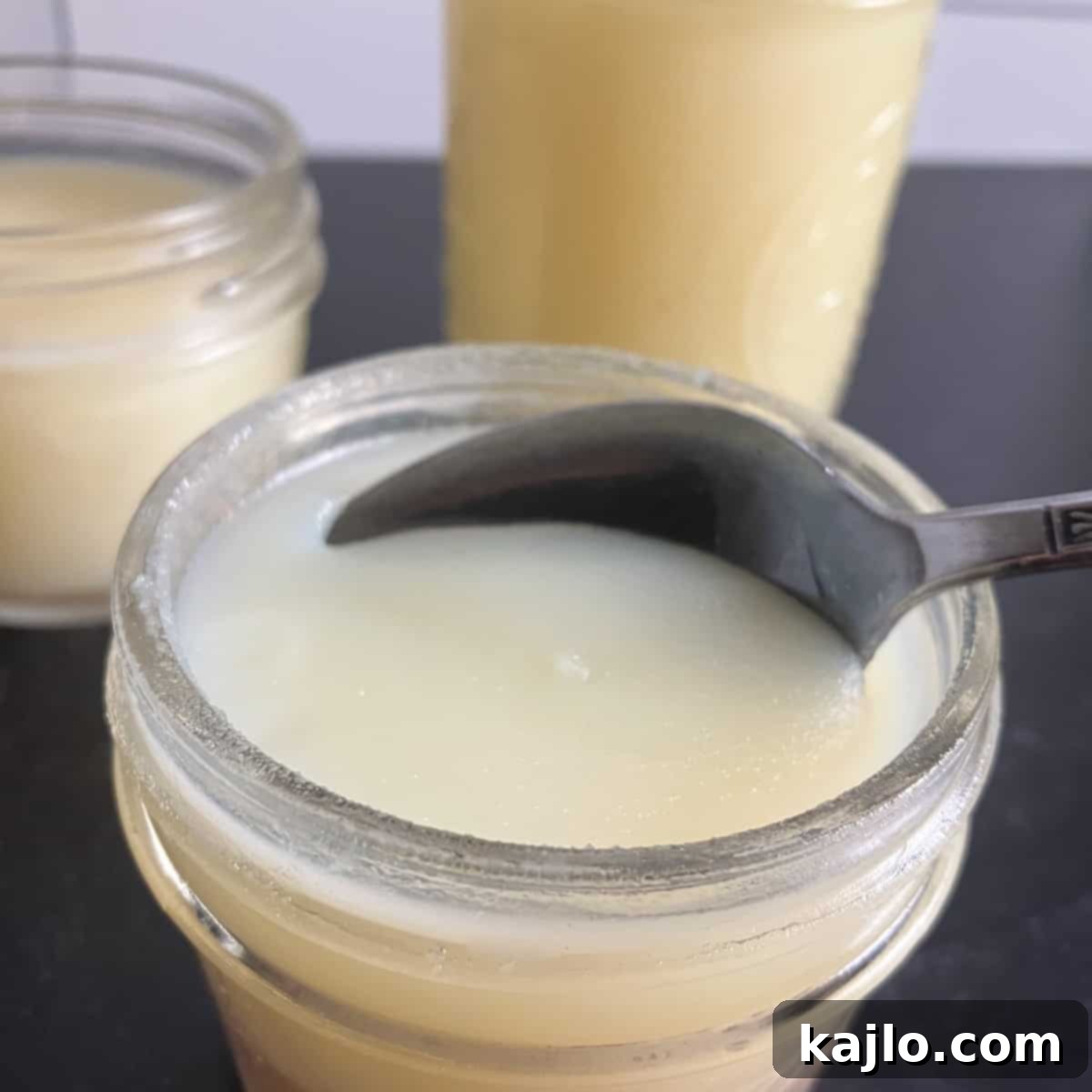
💡 Expert Tips for Perfect Tallow
Achieving perfectly rendered tallow is simple with a few insider tips:
- Clarification is Key: Even with careful siphoning, you might pick up tiny bits of residue with your baster. Don’t worry! After the liquid fat solidifies, any remaining impurities will sink to the bottom. At this point, you can easily lift off the pristine tallow layer and transfer it to a new, clean jar, leaving any sediment behind.
- Alternative Straining: If you prefer to ensure absolute clarity from the start, you can strain the liquid tallow before it solidifies. Use a fine-mesh strainer lined with cheesecloth or a coffee filter. This will catch any minute particles, resulting in a perfectly clear, pure fat.
- Don’t Rush the Heat: The “low and slow” method in a slow cooker is crucial. High heat can quickly burn the fat, leading to a darker tallow with an unpleasant, burnt flavor. Patience is a virtue when rendering fat!
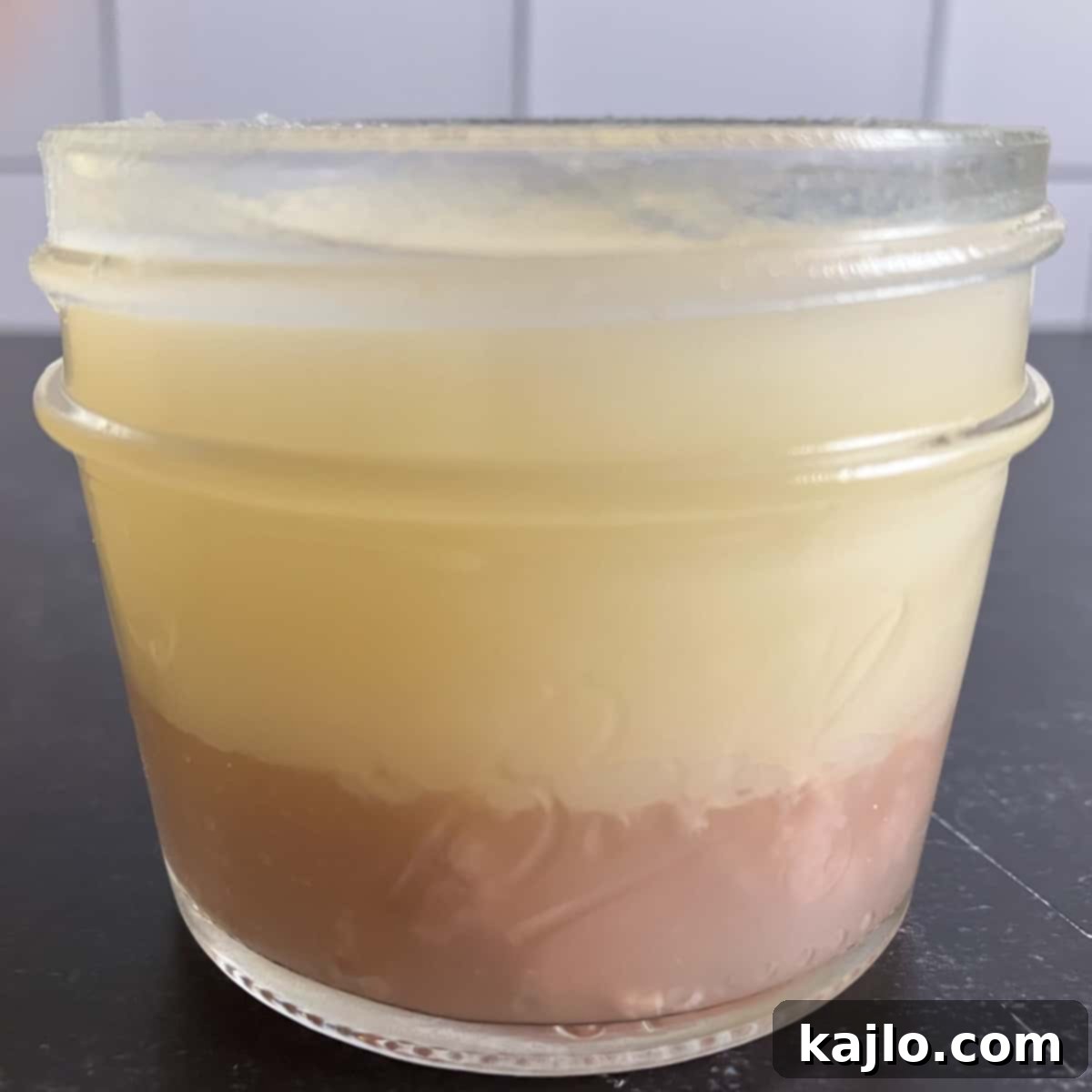
How Long Does It Take to Render Beef Fat in a Slow Cooker?
Typically, it takes about 3 hours to render 4 lbs (1.8 kg) of beef fat in a slow cooker set on low. This recipe usually yields approximately 3 cups of pure, homemade tallow. The exact time can vary slightly depending on the size of your fat pieces and the specific slow cooker model, but generally, 3 hours is a good guideline for optimal rendering without overcooking.
Is Rendered Beef Fat the Same as Lard?
No, rendered beef fat (tallow) is not the same as lard. Lard is rendered pork fat, while tallow specifically refers to rendered beef fat. However, the process of how to render beef fat is very similar to how to render lard in a crock pot. Essentially, you could consider tallow to be the beef equivalent of lard, both offering unique flavor profiles and culinary properties.
One notable difference lies in the leftover solids. The crispy bits left from rendering lard are often fried up to make delicious pork cracklings (chicharrones). While you can technically attempt to make beef cracklings from the solids left after rendering tallow, they typically don’t achieve the same crispy texture or enjoyable flavor as their pork counterparts. Most people find beef cracklings less palatable, so they are usually discarded or used as animal feed.
➕ How Long Does Rendered Beef Tallow Last?
Proper storage is key to maximizing the shelf life of your homemade beef tallow. According to resources like the Food Keeper App, animal fats like tallow can be safely stored in the refrigerator for 6-12 months. For even longer-term storage, placing the tallow in airtight jars and freezing it will extend its usability for up to several years. Remember to leave sufficient headspace in glass jars before freezing, as the fat will expand as it solidifies, preventing the jars from cracking.

🍳 Versatile Uses for Rendered Beef Fat (Tallow)
The beauty of homemade tallow lies in its incredible versatility. There are countless uses for tallow, both in the kitchen and around the home. Here are some of my favorite ways to incorporate this traditional fat into your life:
- Superior Frying Medium: Tallow’s high smoke point makes it excellent for deep-frying or pan-frying. Think perfectly crispy fried chicken, golden French fries, or delicious roasted potatoes and other vegetables. It imparts a delightful savory flavor that other oils can’t match.
- Flaky Baked Goods: For baking, especially savory pie crusts (like those for pot pies), tallow creates an exceptionally flaky and tender texture. It can be used as a substitute for butter or shortening in many recipes.
- Roasting Vegetables: Toss root vegetables like carrots, potatoes, and parsnips with melted tallow before roasting for a rich flavor and beautiful caramelization.
- Flavorful Sautéing: Use it to sauté onions, garlic, mushrooms, or other aromatics as a base for sauces, gravies, and stir-fries.
- Homemade Gravy: A roux made with tallow and flour forms the foundation of an incredibly rich and delicious beef gravy.
- Seasoning Cast Iron: Tallow is a traditional and effective choice for seasoning and maintaining cast iron pans, creating a durable, non-stick surface.
- Body Care Products: Beyond the kitchen, tallow is prized for its nourishing properties. Use it to make homemade lotions, balms, salves, or even traditional soaps. It’s gentle on the skin and packed with beneficial fatty acids.
- Natural Candles: Historically, tallow was used to make candles. You can create your own simple, natural beef tallow candles.
- Substitute for Other Fats: Tallow can often be used as a substitute for beef suet, coconut oil, vegetable oil, or butter in recipes, depending on the desired flavor profile.
Frequently Asked Questions About Rendering Beef Fat
How do you know when tallow is done rendering?
Tallow is done rendering when the liquid fat is clear, golden, and translucent, and the solids (cracklings) have become crispy and have turned a rich, golden brown color. You’ll also notice that less fat is being released into the pot as the process finishes. If you hear less sizzling, it’s another good indicator that most of the water (if wet rendering) has evaporated and the fat is ready.
Do you add water when rendering beef fat?
Adding water is optional when rendering beef fat. I prefer the dry rendering method, which does not involve adding water, especially for culinary tallow, as it’s faster and results in a more robust beef flavor. Wet rendering, where water is added, is sometimes preferred for a milder flavor or for non-culinary applications like soap making.
Can you overcook beef tallow?
Yes, you can absolutely overcook beef tallow. Overcooking can lead to a burnt or off-flavor, and the tallow may appear darker than desired. The key is to use low heat and monitor the process. The amount of fat you start with and the size of the pieces can impact the exact rendering time, so always rely on visual cues rather than strict timing alone.
How to render beef fat on stove?
To render beef fat on the stove, cut the fat into small, uniform pieces. Place them in a heavy-bottomed pot or Dutch oven over very low heat. Cook slowly, stirring occasionally, until the fat has melted and the cracklings are crispy. Strain the liquid fat through a fine-mesh sieve or cheesecloth when done. This method requires more active monitoring than a slow cooker to prevent scorching.
How to render beef fat in oven?
Rendering beef fat in the oven is another hands-off option. Place the cut fat pieces in a sturdy metal roasting pan or oven-safe pot. Bake in a preheated oven at a low temperature, around 250°F (121°C) to 275°F (135°C), until the fat has rendered and the cracklings are golden and crisp. This typically takes about 3 hours, similar to the slow cooker method.
What temperature is best for rendering beef fat?
For rendering beef fat, a low and steady temperature is best. In the oven, aim for around 250°F (120°C) to 300°F (150°C). In a slow cooker, the “low” setting is perfect. The smoke point for pure beef tallow is quite high, around 400°F (200°C), so it’s important to keep the rendering temperature well below this to avoid burning and maintain the quality of the fat.
Can you render beef fat in the microwave?
While technically possible, it is generally not recommended to render beef tallow in the microwave. Microwaves heat unevenly and can cause the fat to splatter, creating a mess and potentially burning parts of the fat while others remain unrendered. For best results and safety, stick to slow cooker, stove-top, or oven methods.
👩🏻🍳 Explore More Beef Recipes
Now that you’re a pro at how to render fat in a slow cooker, you’ll have a fantastic cooking fat to enhance many of your beef dishes. Here are some other delicious beef recipes to try:
- Nutrient-Rich Beef Hearts
- Wholesome Beef Kidney Recipe
- Quick and Easy Air Fryer Roast Beef
- Hearty Instant Pot Beef Vegetable Soup
Watch How to Make It!
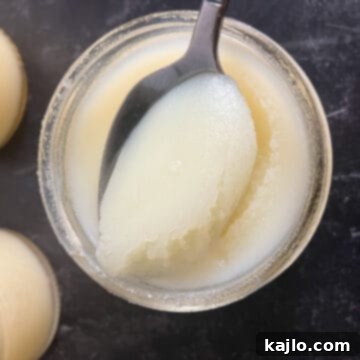
How to Render Beef Fat in a Slow Cooker (Crock Pot Tallow)
By Summer Yule
Pin Recipe
3 hrs
3 hrs
Slow Food DIY
American
48 servings
116 kcal
Ingredients
- 4 lbs beef fat (1.8kg)
- ¼ cup water (optional; I always skip this for dry rendering, see article for details)
Love this recipe?
Please leave a comment below 😊
Instructions
- Cut approximately 4 lbs of beef fat (1.8kg) into 1-inch (2.54 cm) cubes or smaller. Remove as much meat as possible with a sharp knife. For best results, use a meat grinder to coarsely grind the fat cubes. If you don’t have a grinder, pulse the fat cubes in a food processor until finely minced. It’s easiest to grind fat when it’s very cold (almost frozen).
- Put the ground beef fat in a slow cooker and set it on low. Cover the crockpot.
- Every hour, use a turkey baster to siphon off all of the liquid fat you can into food-safe jars. Leave the solids in the slow cooker to continue rendering.
- Continue collecting the tallow every hour (or every half-hour, if desired) for a total of 3 hours. The liquid fat will be pale yellow and nearly odorless, solidifying to an ivory color as it cools.
- Let the tallow cool completely to room temperature. Once solid, put lids on the jars and store them in the fridge for everyday use or the freezer for long-term storage, ensuring to leave headspace in glass jars if freezing.
Equipment
- Slow Cooker
- Meat Grinder
- Sharp Knife
- Turkey Baster
- Food-safe jars with lids
Notes
💭 Expert Tips from Dietitian Summer Yule
This is a level 3 recipe (weight maintenance and active lifestyles). Tallow has a high saturated fat content, so it’s not considered “heart healthy” by modern nutrition standards. Like all added fats, if consumed in moderation, it can be part of an overall balanced diet for some people. All added fats are quite calorie dense, and should be used sparingly if you’re trying to achieve a calorie deficit for weight loss.
That said, this rendered fat is rich in fat-soluble vitamins and fatty acids like conjugated linoleic acid (CLA), a polyunsaturated omega-6 fatty acid. It’s important not to dismiss all fats in the diet as empty calories, as they do have important nutritional value.
Nutrition information is for one serving.
nutrition info disclaimer
All recipes on this website may or may not be appropriate for you, depending on your medical needs and personal preferences. Consult with a registered dietitian or your physician if you need help determining the dietary pattern that may be best for you.
The nutrition information is an estimate provided as a courtesy. It will differ depending on the specific brands and ingredients that you use. Calorie information on food labels may be inaccurate, so please don’t sweat the numbers too much.
“To taste” means to your preferences, which may have to be visual to follow food safety rules. Please don’t eat undercooked food.
Nutrition
Calories:
116
kcal
Fat:
12.8
g
Saturated Fat:
6.4
g
crock pot tallow, how to make tallow, how to render beef fat, how to render beef fat in slow cooker, render beef fat, render tallow, rendered beef fat, rendering beef fat, rendering tallow, slow cooker tallow
Shop our cookbook!
Easy Air Fryer Recipes for One
Burning your air fryer recipes?
Here’s how to fix it!
Join our community! Subscribe for all of the latest and greatest recipes, and follow me on Facebook, Pinterest, Instagram, and YouTube!
